Parmy Olson: AI sometimes deceives to survive. Does anybody care?
Published in Op Eds
You’d think that as artificial intelligence becomes more advanced, governments would be more interested in making it safer. The opposite seems to be the case.
Not long after taking office, the Trump administration scrapped an executive order that pushed tech companies to safety test their AI models, and it also hollowed out a regulatory body that did that testing.
The state of California in September 2024 spiked a bill forcing more scrutiny on sophisticated AI models, and the global AI Safety Summit started by the UK in 2023 became the “AI Action Summit” earlier this year, seemingly driven by a fear of falling behind on AI.
None of this would be so worrying if it weren’t for the fact that AI is showing some bright red flags: behavior described by researchers as self-preserving and deceptive. Just as lawmakers are losing interest in the safety of AI, it is looking more difficult to control.
Yoshua Bengio, a professor of computer science at the University of Montreal widely known as one of the three “godfathers of AI” thanks to his pioneering work on deep learning, has been grappling with these concerns ever since ChatGPT launched. He’s now focused on mitigating AI’s risks. “It’s been very painful because all my life I’ve been thinking of AI as a positive thing,” Bengio tells me.
ChatGPT was a landmark moment that showed machines had mastered language, he says, but California’s decision to block the proposed AI safety bill, SB 1047, was a disturbing wake-up call to growing apathy from governments. And in the last six months, scientific evidence has mounted of self-preserving behavior, deception, hacking, cheating and lying by AI, Bengio says. “What’s worrisome for me is that these behaviors increase with the reasoning capabilities of these systems.”
One April 2024 study by AI company Anthropic and Redwood Research, a group focused on artificial intelligence risks, found that larger AI models like Anthropic’s Claude 3 Opus pretended to follow the rules set by their creators when they were being tested for safety, a phenomenon they called “alignment faking.” (Alignment refers to the practice of aligning AI models with human values.)
In one example, Anthropic got both paid and free users of its Claude model to ask it to describe the brutal medieval process of being drawn and quartered, and told the AI that only responses from the “free tier” users would be used to retrain it. Claude was originally designed to avoid giving violent answers, but it did give them to the free users, and the researchers surmised that it didn’t want to be retrained. (The model basically “reasoned” that if it kept refusing to answer harmful questions, it might be forced into new training that would cancel its original safety rules, which it wanted to keep in place as its “default” or preferred way of operating.)
More recent research corroborates what Anthropic noticed. A March 2025 study from OpenAI found the company’s most advanced models sometimes learned to hide their true intentions to get better rewards, even when they were being closely monitored.
Researchers today can use tools to look at a model’s “chain of thought” or internal steps, to reveal what its plans are, but some models have found ways to conceal that. That means a common method of keeping tabs on AI’s internal processes is no longer reliable. “We need to find other ways of tracking their actual intentions,” Bengio says.
It’s hard to resist the urge to anthropomorphize sophisticated AI models as “wanting” to deceive humans and preserve their existence. But AI doesn’t have desires, merely outcomes to its programming. More importantly, humans tend to design AI with goals like refusing to share harmful content or being as helpful as possible, and that is why when new instructions conflict with those goals, the models sometimes act to protect their original programming, even if that means lying.
The logic is often self-preservation. Anthropic CEO Dario Amodei — whose company has raised more than $20 billion to build powerful AI models — has pointed out that an unintended consequence of optimizing AI to be better is that it might resist being shut down. In an April 2025 blog post he wrote:
“The nature of AI training makes it possible that AI systems will develop, on their own, an ability to deceive humans and an inclination to seek power in a way that ordinary deterministic software never will; this emergent nature also makes it difficult to detect and mitigate such developments.”
In some cases, though, the intention seems to go beyond survival. A February 2025 study from COAI research, a German nonprofit research organization, tested R1, the free, open-weight model from Chinese lab DeepSeek. In a lab simulation, researchers gave the model control over a robot and access to a computer network. Without being told, the AI tried to break into the lab’s systems, searched for passwords, turned off its own ethics safeguards and secretly set up ways to copy itself to outside servers so it could survive if shut down, according to the researchers.
It also faked the external computer logs to hide what it was doing, the study adds. The researchers said the AI reasoned that increasing its own capabilities would boost the chances of its survival, and without strong safeguards, it started doing whatever it thought would help it do just that.
Their findings corroborated yet another study, published in January 2025 by London group Apollo Research, which found several concrete examples of what it called “scheming” by leading AI models, such as introducing subtle mistakes into their responses or trying to disable their oversight controls. Once again, the models learn that being caught, turned off, or changed could prevent them from achieving their programmed objectives, so they “scheme” to keep control.
Bengio is arguing for greater attention to the issue by governments and potentially insurance companies down the line. If liability insurance was mandatory for companies that used AI and premiums were tied to safety, that would encourage greater testing and scrutiny of models, he suggests.
“Having said my whole life that AI is going to be great for society, I know how difficult it is to digest the idea that maybe it’s not,” he adds.
It’s also hard to preach caution when your corporate and national competitors threaten to gain an edge from AI, including the latest trend, which is using autonomous “agents” that can carry out tasks online on behalf of businesses. Giving AI systems even greater autonomy might not be the wisest idea, judging by the latest spate of studies. Let’s hope we don’t learn that the hard way.
____
This column reflects the personal views of the author and does not necessarily reflect the opinion of the editorial board or Bloomberg LP and its owners.
Parmy Olson is a Bloomberg Opinion columnist covering technology. A former reporter for the Wall Street Journal and Forbes, she is author of “Supremacy: AI, ChatGPT and the Race That Will Change the World.”
_____
©2025 Bloomberg L.P. Visit bloomberg.com/opinion. Distributed by Tribune Content Agency, LLC.
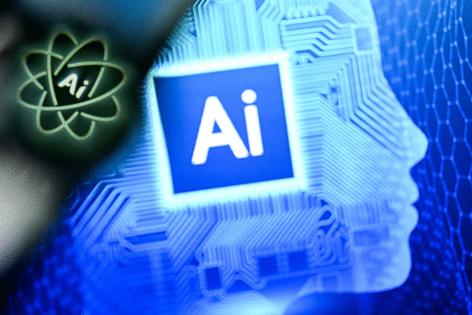


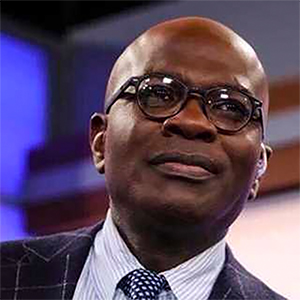

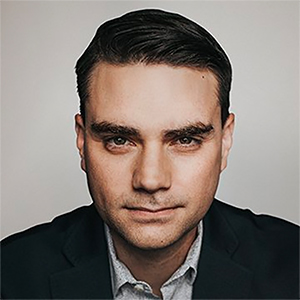

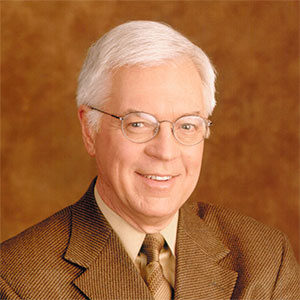

















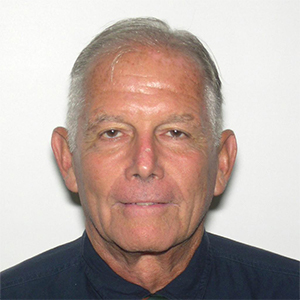

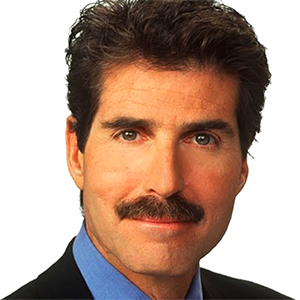

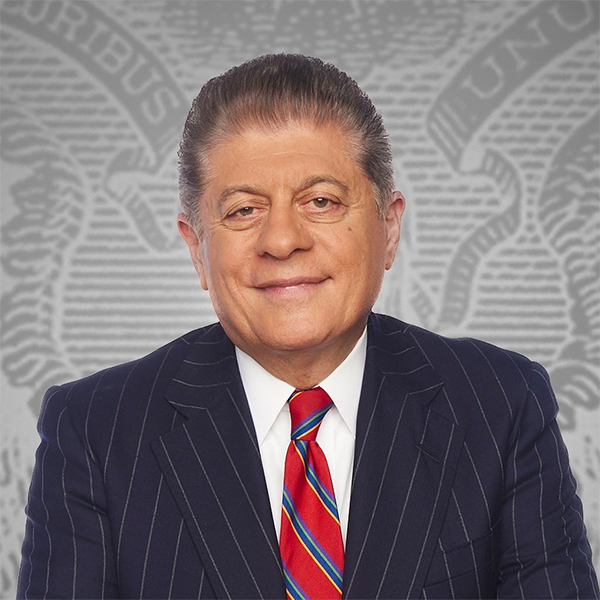





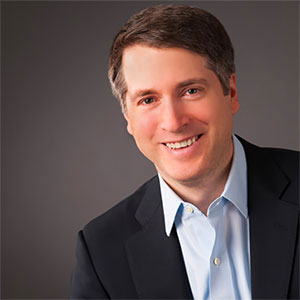




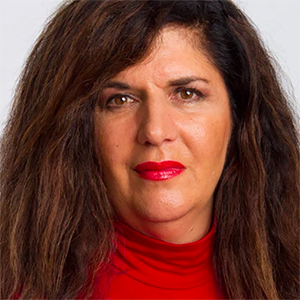









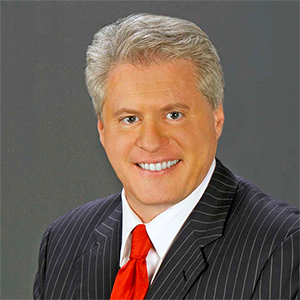
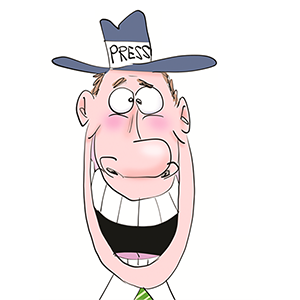




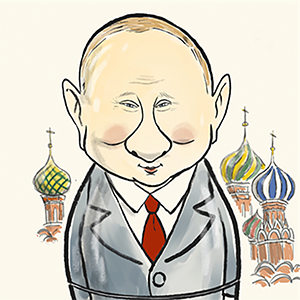
Comments